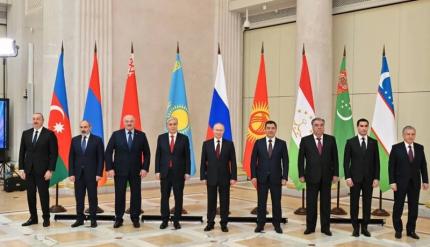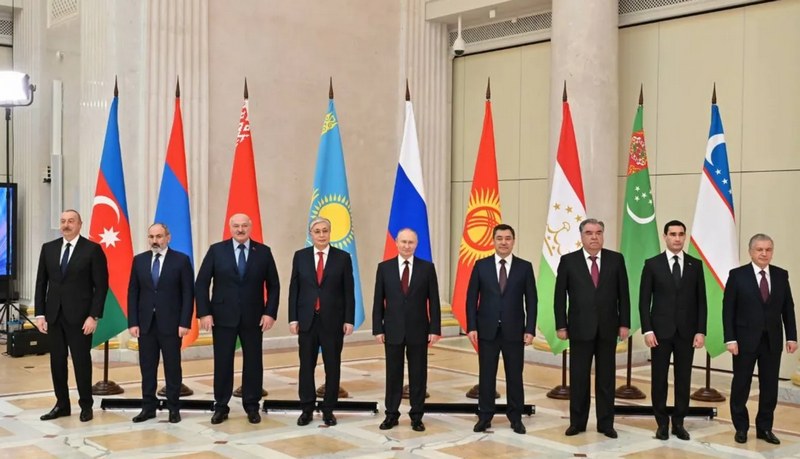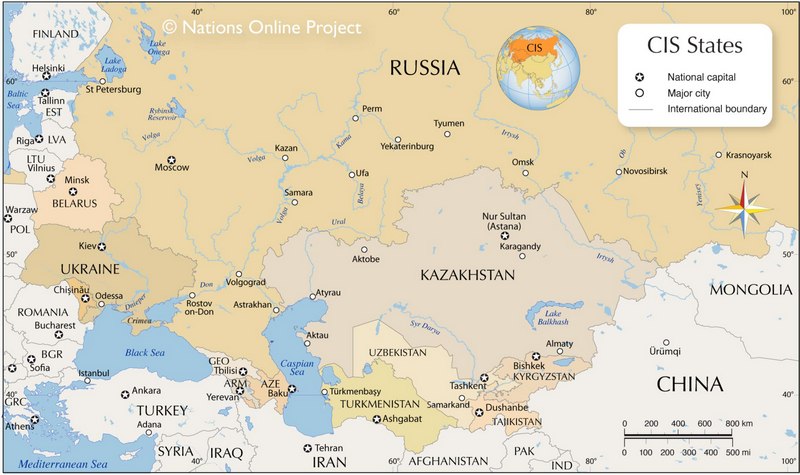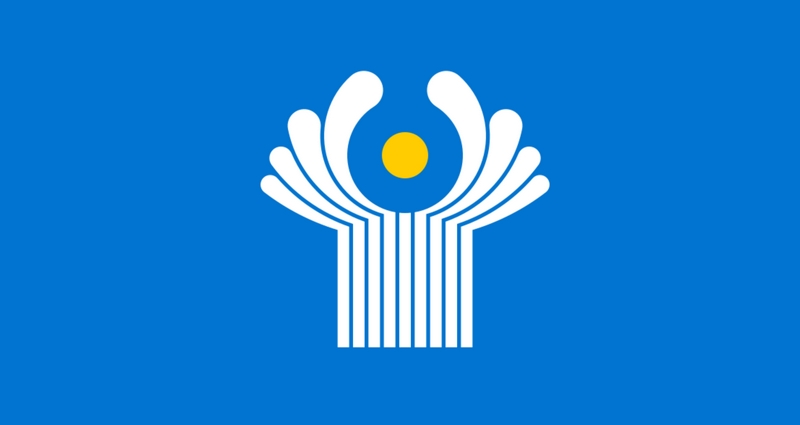Get free consultation
Fill out the form and we will contact you
When people hear "CIS," many wonder, "What country is CIS?" or "What does CIS stand for?" In fact, CIS is not a country but an acronym for the Commonwealth of Independent States, a regional organization comprising several nations that were once part of the Soviet Union. This article provides a detailed, clear explanation of what the CIS is, its member states, its history, its roles, and its relevance in today’s global landscape (2025).
The CIS, or Commonwealth of Independent States, is a regional organization established on December 8, 1991, shortly after the dissolution of the Soviet Union. Its primary goal is to foster cooperation in economic, political, cultural, and security matters among its member states, all of which were former Soviet republics. However, the CIS is not a federation or a unified political entity like the former Soviet Union; it is a loose alliance where member states retain their sovereignty and independence.
As of 2025, the CIS consists of nine official member states, with some countries holding associate or observer status. Below is a list of the current full member states:
Armenia: Capital Yerevan, joined the CIS in 1991.
Azerbaijan: Capital Baku, joined in 1993.
Belarus: Capital Minsk, one of the three founding members of the CIS.
Kazakhstan: Capital Astana, joined in 1991.
Kyrgyzstan: Capital Bishkek, joined in 1991.
Moldova: Capital Chișinău, joined in 1994.
Russia: Capital Moscow, the largest and most influential member of the CIS.
Tajikistan: Capital Dushanbe, joined in 1991.
Uzbekistan: Capital Tashkent, joined in 1991.
Ukraine: One of the three founding members (along with Russia and Belarus) but withdrew from the CIS in 2018 following conflicts with Russia over Crimea and Donbass. As of 2025, Ukraine is no longer a member or associate.
Georgia: Joined the CIS in 1993 but withdrew in 2009 after the Russia-Georgia conflict in 2008.
Turkmenistan: Was a full member but transitioned to associate member status in 2005, participating selectively in CIS activities.
Mongolia: Holds observer status but is not a full member.
The CIS was formed in the wake of the Soviet Union’s collapse in 1991, marking the end of a global superpower. On December 8, 1991, the leaders of Russia, Ukraine, and Belarus signed the Belavezha Accords in Belarus, declaring the dissolution of the Soviet Union and establishing the CIS as a framework for cooperation. On December 21, 1991, in Almaty, Kazakhstan, 11 former Soviet republics (excluding Georgia and the three Baltic states) signed a protocol to join the CIS.
The initial objectives of the CIS were:
To maintain economic, trade, and cultural ties among post-Soviet states.
To coordinate security and military policies.
To facilitate the transition of member states from a centralized planned economy to a market-based system.
However, the CIS has not evolved into a tightly knit alliance like the European Union (EU) due to differing national interests and varying levels of independence among its members.
The CIS serves as a platform for its member states to discuss and collaborate on various issues. Here are its primary roles:
The CIS promotes free trade among members through the CIS Free Trade Area (CISFTA), established in 2011. However, its effectiveness is limited as some members also participate in other economic alliances, such as the Russia-led Eurasian Economic Union (EAEU).
Joint projects in energy, transportation, and industry are pursued, though the level of cooperation varies among members.
The CIS coordinates on regional security issues, such as counter-terrorism, smuggling, and cross-border crime.
Some member states participate in the Collective Security Treaty Organization (CSTO), a military alliance led by Russia, though not all CIS members are part of it.
The CIS organizes cultural, sports, and educational events to strengthen ties among member states.
The Russian language remains a common medium of communication, although each member state has its own national language.
Despite its ambitious goals, the CIS faces several challenges:
Divergent Interests: Member states have different priorities and political orientations. For example, Russia uses the CIS to maintain influence in the region, while countries like Azerbaijan and Uzbekistan prioritize independence and multilateral relations.
Withdrawal of Members: The withdrawal of Ukraine and Georgia, along with Turkmenistan’s reduced participation, has weakened the CIS’s influence.
Competition with Other Organizations: Many CIS members are part of other regional groups, such as the EAEU, the Shanghai Cooperation Organization (SCO), or have ties with the EU and NATO, which overshadow the CIS’s role.
Internal Conflicts: Disputes between members, such as the Armenia-Azerbaijan conflict over Nagorno-Karabakh, hinder consensus on major issues.
As of 2025, the CIS remains a significant regional organization in Eurasia, but its influence has diminished compared to its early years. Russia, as the dominant member, continues to use the CIS to bolster its geopolitical influence. However, countries like Kazakhstan, Uzbekistan, and Azerbaijan are increasingly engaging with China, the EU, and Western nations, reducing their reliance on the CIS.
Global issues such as climate change, energy crises, and geopolitical competition between Russia, China, and the West also impact the CIS’s activities. Member states are navigating a delicate balance between maintaining ties with Russia and expanding partnerships with other international actors.
According to Second Citizenship, the misconception that "CIS is a country" may stem from several factors:
The name "Commonwealth of Independent States" can be confusing, especially for those unfamiliar with the post-Soviet context.
Russia’s dominant role in the CIS leads some to assume it is a unified entity under Russian control.
Comparisons with organizations like the EU, where member states cooperate closely, may cause people to think the CIS is a single "superstate."
However, the CIS lacks centralized authority, a shared government, or unified foreign and domestic policies. Each member state operates as an independent nation with its own policies.
The CIS is not a country but a regional organization comprising nine official member states (Armenia, Azerbaijan, Belarus, Kazakhstan, Kyrgyzstan, Moldova, Russia, Tajikistan, Uzbekistan) and a few associate or observer states. Established to maintain cooperation among former Soviet republics, the CIS plays a key role in regional economics, security, and culture but faces challenges due to differing interests and external competition.
Fill out the form and we will contact you



